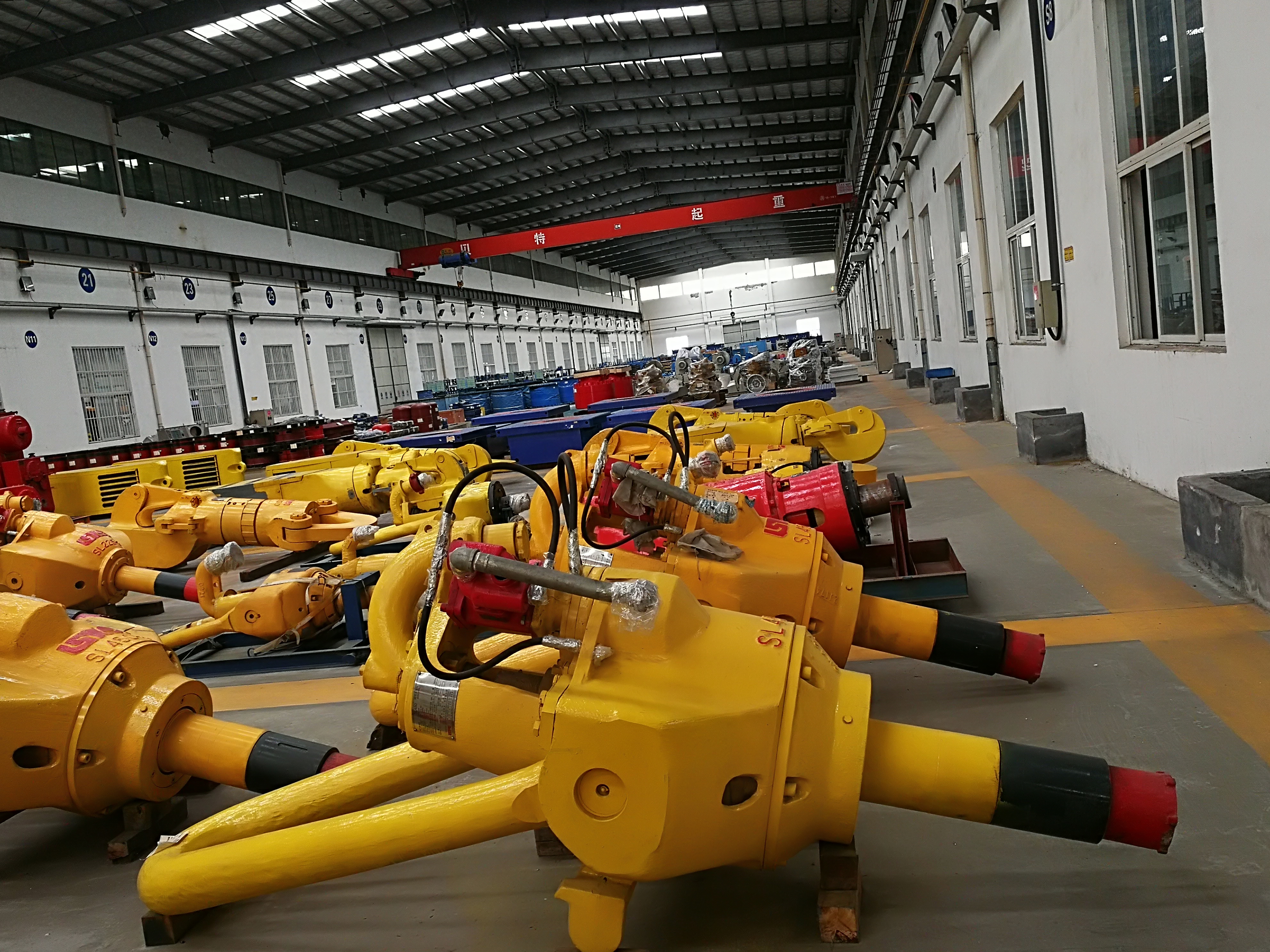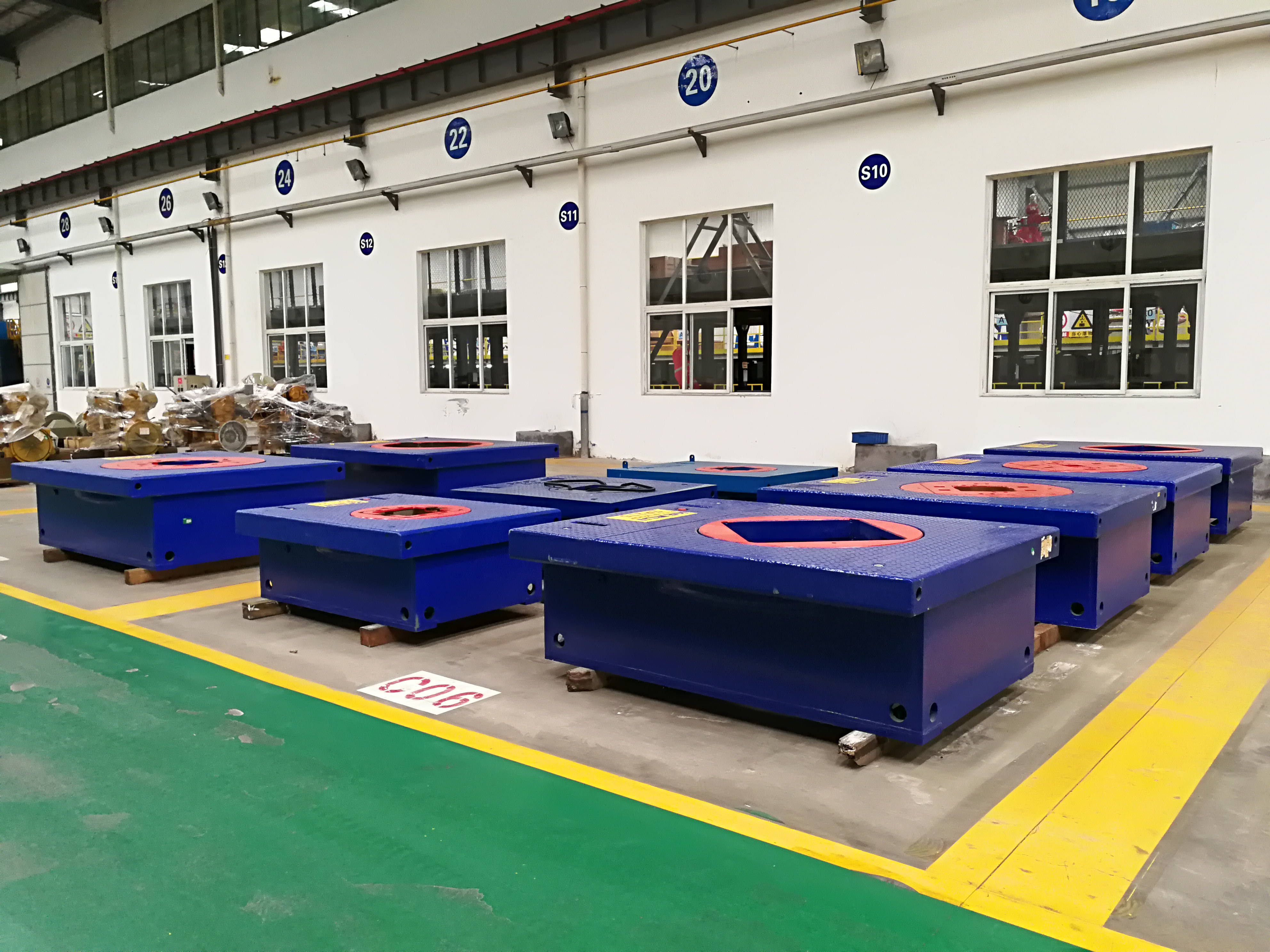What are the Main Components of Drilling Systems?
A drilling system in the oil and gas industry consists of various components that work together to drill and extract hydrocarbons from the earth's subsurface. The main components of a drilling system typically include:
Drill Bit: The drill bit is the cutting tool attached to the bottom of the drill string. It is designed to penetrate the rock formations by rotating and applying downward force. Drill bits come in various types, including roller cone bits and fixed cutter bits, each suited for different rock formations and drilling conditions.
Drill String: The drill string is a series of interconnected tubular components that transmit drilling fluid, rotational torque, and weight to the drill bit. It typically consists of drill pipe sections, drill collars (thick-walled steel pipes for weight and stiffness), and other tools such as stabilizers and jars.
Drilling Fluid System: The drilling fluid, also known as drilling mud, is a crucial component of the drilling system. It serves multiple functions, including cooling and lubricating the drill bit, removing drill cuttings from the wellbore, maintaining wellbore stability, and exerting hydrostatic pressure to prevent formation fluid flow. The drilling fluid system includes mud pumps, mud tanks, mud agitators, solids control equipment, and various additives.
Hoisting System: The hoisting system is responsible for raising and lowering the drill string in and out of the wellbore. It consists of a drawworks, which houses the drilling line, and a derrick or mast structure to support and guide the drill string. The drawworks use a motor-driven drum to control the movement of the drilling line.
Rotating System: The rotating system provides the rotational force required to turn the drill bit. It typically includes a rotary table (used for manual rotation) or a top drive system (a motor-driven device that rotates the drill string from the top). The rotating system also includes a kelly (a square or hexagonal pipe that transmits torque from the rotary table or top drive to the drill string) and other related components.
Well Control Equipment: Well control equipment ensures the safe management of fluid pressures in the wellbore, preventing uncontrolled flow or blowouts. Key components include blowout preventers (BOPs), which are safety valves that can close around the drill string to seal the wellbore, and associated control systems and choke manifolds.
Power Systems: Drilling rigs require various power sources to operate the equipment. These can include diesel engines or electric motors that provide power for the drilling rig's mechanical systems, such as the drawworks, mud pumps, and auxiliary equipment.
Control and Instrumentation Systems: Modern drilling systems employ control and instrumentation systems to monitor and manage various drilling parameters, such as weight on bit, drilling fluid properties, and downhole measurements. These systems include sensors, data acquisition units, and control panels.
These are the primary components of a drilling system, although additional components and equipment may be required depending on specific drilling operations, such as directional drilling tools, downhole motors, logging tools, and well completion equipment.







 8613371530291
8613371530291